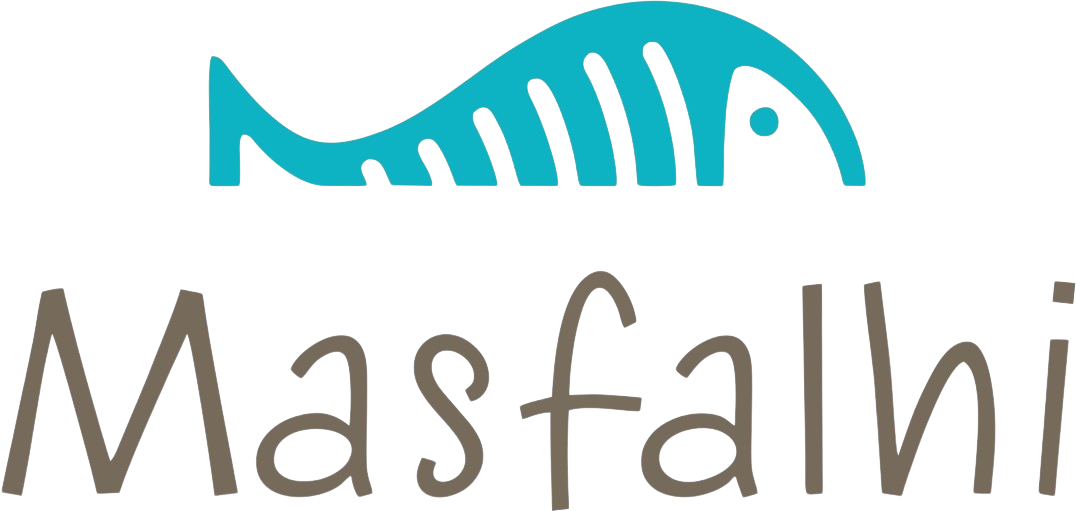When deciding whether to use a money order or cashier’s check, the choice largely depends on the nature of the transaction, the amount involved, and comfort with accessibility and fees. Money orders provide an accessible and cost-effective option for smaller transactions, while cashier’s checks offer the security and assurance required for larger payments. There are a few similarities between cashier’s checks and money orders.
- Money orders are typically used for smaller transactions and are available at a variety of locations beyond banks.
- The bank guarantees the payment by withdrawing the specified amount from the payer’s account and issuing a check to the payee.
- Money orders are available in many places and are easily accessible to everyone.
- How much money a person needs and whether they have access to a bank account will dictate whether a cashier’s check or money order is best.
Products & Services
Money orders are especially helpful when you need to send funds through the mail or make multiple payments to different people or businesses. Paired with a check cashing service, they offer a quick and reliable way to convert your payment into cash or complete a transaction. Whether you’re covering bills or sending money to family, money orders keep things simple, secure, and flexible, no bank account required. If you need to make a large payment, you might be considering a cashier’s check.
Secure Payments Made Simple: Which Option Works Best for You?
A money order is similar to a personal check, except that the money is “guaranteed” since you have to buy it. You can purchase a money order at your bank, credit union, post office, some retailers such as grocery stores, and check-cashing facilities. Typically, you can only purchase a money order up to $1,000 and will need to pay for one in cash or with your debit card.
Rates & Fees
Payment instruments, including bank checks and money orders, shape how you transfer funds securely, especially in situations where cash doesn’t offer enough proof or guarantees. Each option act as a tool with distinct roles—picture them as passports that let your money travel safely from your hands to another’s, but with different stamps and screening processes. We take a look at everything you need to know, including the key differences between sending a cashier’s check vs money order – and which payment method is the best choice for you. Money orders are also a more convenient option since you don’t need to have a checking account to purchase one. Money orders and cashier’s checks are both useful tools for making payments, and they even have a similar appearance.
Alternative Ways to Pay
- Instead of relying on an individual’s available funds, the bank guarantees the check by using its funds.
- Both forms of payment are considered safer than personal checks, but cashier’s checks are often considered more secure because they are directly linked to a bank account.
- Traditional checks expire in six months, and not everyone cashes them immediately.
- You could also give cash to a trusted friend or relative who does have a bank account and have them buy the cashier’s check for you.
And while there are legitimate online companies that sell money orders, they charge more cashier’s check vs. money order than places like grocery stores and the post office. When it comes to making a payment, there are many options available. Two of the most popular options are cashier’s checks and money orders. While both are considered a secure method of payment, there are specific situations where one may be more appropriate than the other. Cashier’s checks can be a secure and reliable way to transfer funds, but they also have some drawbacks.
If the money order hasn’t been cashed, a replacement or refund may be issued. Money orders are inexpensive ranging in price from less than $1 up to $10. Retail and grocery stores generally have the lowest prices and banks the highest. However, some banks may waive the cost for account holders who meet certain criteria like maintaining a minimum account balance.
Find The Best Online Banks Of 2025
Plus, you can typically use the receipt to track the money order. If for some reason, you can’t use a money order, a prepaid debit card is an alternative. These can often be purchased at grocery, retail, and drug stores.
There are multiple ways for you to make a payment, but money orders and cashier’s checks are among the most popular kinds. Money order slips are prepaid which means the money is withdrawn immediately, unlike checks where the money is withdrawn once the check is deposited by the recipient. You can purchase a money order slip at a local bank, a Canada Post location, or a money transfer service like Western Union. “You don’t need a bank account to get a money order, and similar to a cashier’s check, the money is guaranteed,” she says. Money orders set strict upper limits, generally $1,000, by issuers like USPS or Western Union.
The Bankrate promise
A money order is a payment method that allows individuals to pay for goods or services without needing a traditional bank account. It is a prepaid, negotiable instrument issued by a third party, usually a post office, bank, or retail establishment. To obtain a money order, you pay the issuer the amount you want to send, plus a nominal fee for the order itself. A cashier’s check is a check that takes money out of a bank’s funds rather than from a personal bank account.
Ultimately, the decision between a cashier’s check and a money order depends on your specific needs and circumstances. By considering the factors listed above, you can make an informed decision that works best for you. Money orders, although with varying prices, are a far more affordable solution.
Many immigration offices or government agencies demand money orders for application fees; they won’t accept personal checks due to bounced payment risks. Unlike bank checks, there’s no need to worry about bounced payments; funds have already changed hands before you hand over the instrument. When the recipient deposits or cashes the money order, the process don’t involve any risk of insufficient funds or overdrafts. It’s pretty much like sending pre-packaged cash—guaranteed and untraceable back to your bank. You’ve probably seen the words “money order” printed on a sheet behind the counter at your local post office, convenience store, or grocery chain. Curious about what makes this prepaid instrument stand apart from a bank check?


